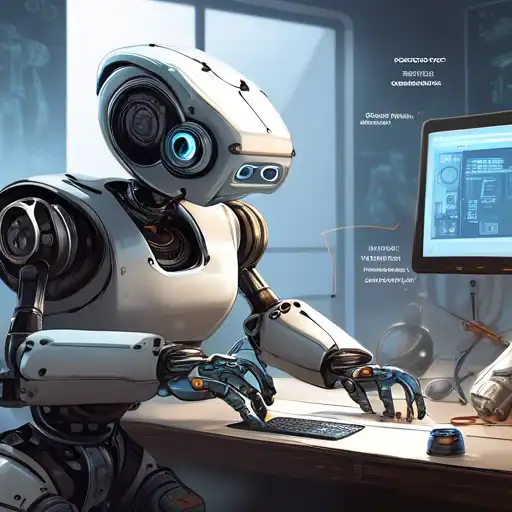Introduction to Robotics Programming
Robotics programming is an exciting field that combines the creativity of design with the precision of programming. Whether you're a hobbyist looking to build your first robot or a professional aiming to automate tasks, understanding the basics of robotics programming is essential. This guide will walk you through the foundational steps to get started in this dynamic field.
Understanding the Basics
Before diving into robotics programming, it's important to grasp the core concepts. Robotics involves the design, construction, operation, and use of robots. Programming these robots allows them to perform tasks autonomously or with minimal human intervention. Key areas to focus on include mechanics, electronics, and software development.
Choosing the Right Tools
Selecting the appropriate tools and programming languages is crucial for beginners. Popular programming languages for robotics include Python, C++, and Java. Additionally, platforms like Arduino and Raspberry Pi offer great starting points for beginners due to their simplicity and extensive community support.
- Python: Known for its simplicity and readability, making it ideal for beginners.
- C++: Offers more control over hardware, suitable for performance-intensive applications.
- Java: Provides a balance between ease of use and performance, with extensive libraries for robotics.
Building Your First Robot
Starting with a simple project can help solidify your understanding of robotics programming. Consider building a line-following robot or a basic robotic arm. These projects introduce fundamental concepts such as sensor integration, motor control, and feedback loops.
Learning Resources
There are numerous resources available for aspiring robotics programmers. Online courses, tutorials, and community forums can provide valuable knowledge and support. Websites like Robotics.org and Arduino.cc offer tutorials and project ideas for all skill levels.
Advanced Topics
Once you're comfortable with the basics, you can explore more advanced topics such as artificial intelligence (AI) and machine learning (ML) in robotics. These technologies enable robots to learn from their environment and make decisions, opening up a world of possibilities for automation and innovation.
Conclusion
Robotics programming is a rewarding field that offers endless opportunities for creativity and problem-solving. By starting with the basics, choosing the right tools, and engaging with the community, you can embark on a successful journey in robotics programming. Remember, the key to mastery is practice and continuous learning.
